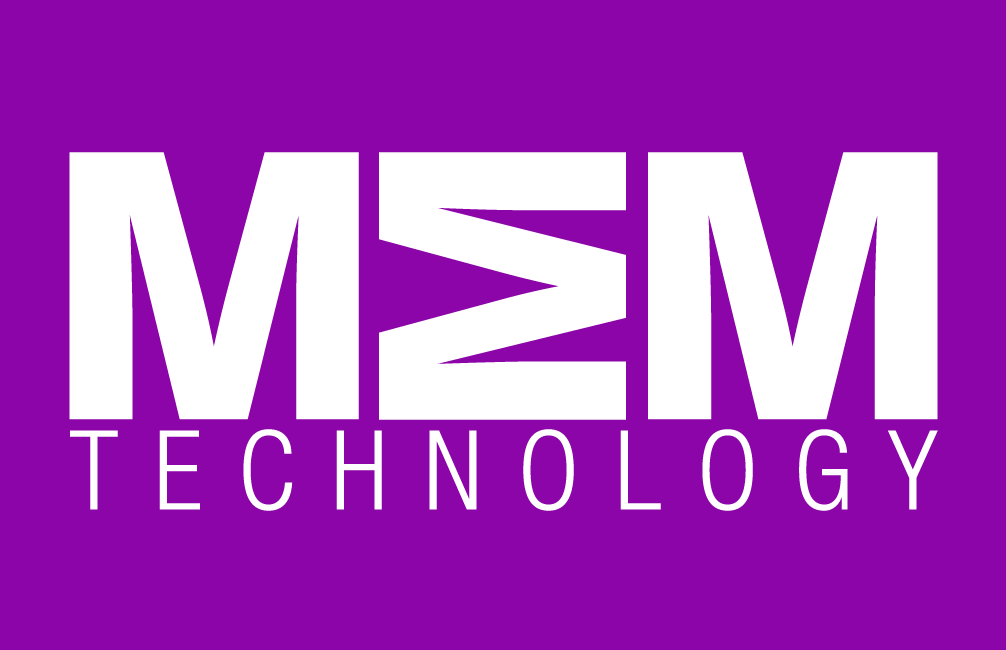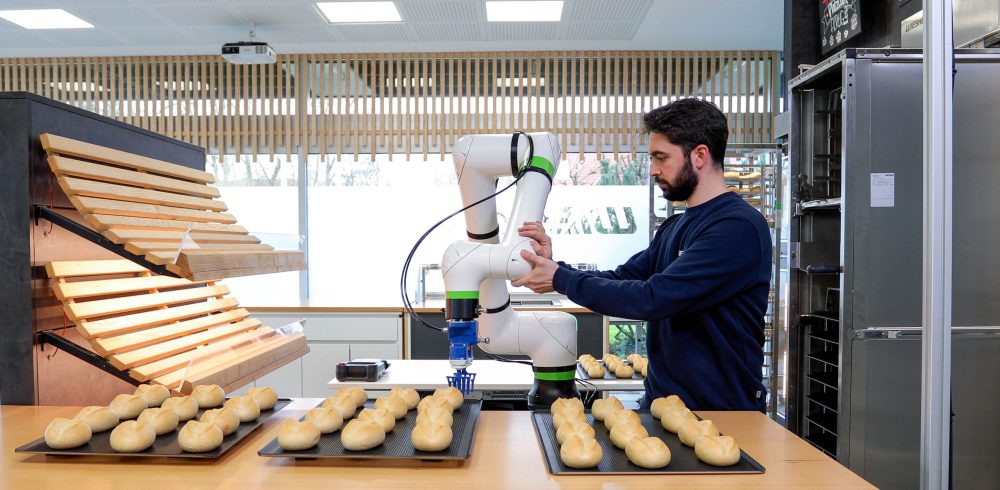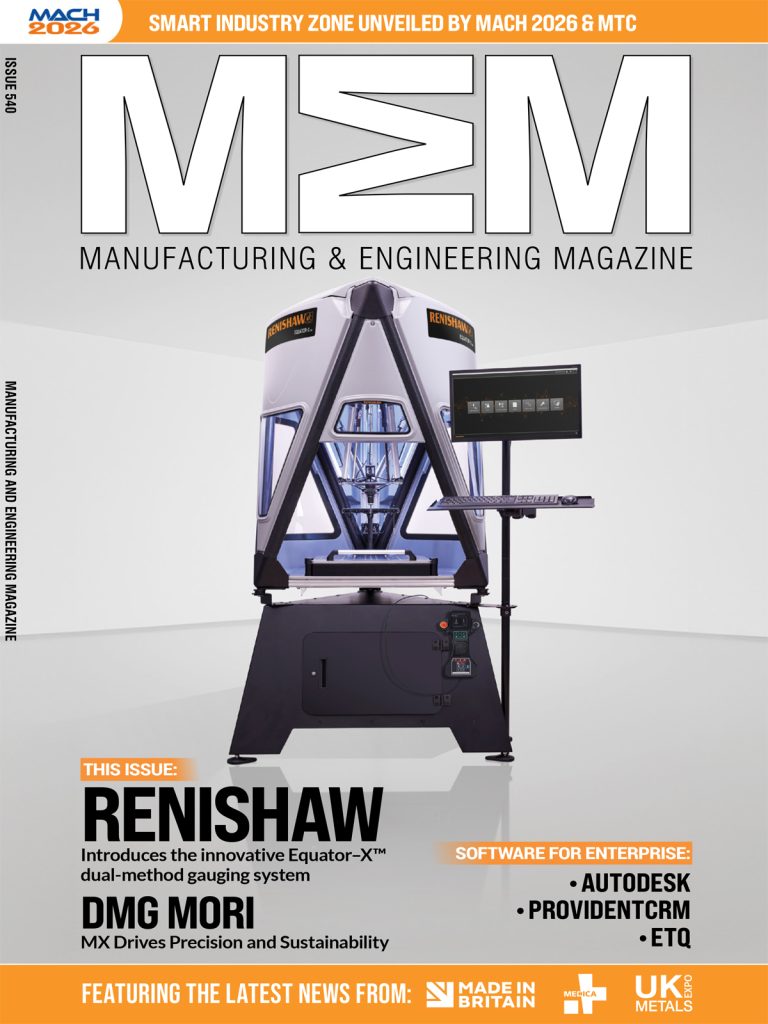Known for their ability to share the same workspace as human employees, collaborative robots (or cobots) are now a mainstay of the industrial robotics sector. Lightweight, simple to programme and flexible enough to be moved around a factory with ease, unsurprisingly they have proved popular with manufacturers. The most recent IFR statistics show that cobot installations worldwide grew by 31% year-on-year in 2022 to 54,868 units, representing 10% of the total robot installations.
By their very nature of being collaborative with humans, cobots are also considered a safer option than traditional industrial robots. Until now, cobots have fallen under the technical specification ISO/TS 15066, which has left some users falling short of meeting their safety obligations. A recent project by the ISO working group has seen the robot safety standards ISO 10218-1 and ISO 10218-2 updated to take account of the technological changes and advancements in collaborative robots. The British Standards Institute (BSI) has recently reviewed the changes to the standards ahead of them being released later this year.
What will this change mean for cobot users and integrators? Matt Androsiuk of Cobots and Machinery Safety (FANUC UK’s cobot safety partner) is an experienced machinery safety consultant and cobot safety specialist, who also sits on the BSI robot technical committee. Here, Matt outlines how to navigate the new safety landscape and get ahead of the proposed changes, to ensure your applications remain compliant…
Assessing risk
Any changes to the regulatory landscape can seem daunting to a manufacturer. It is not only a finished product that needs to meet required safety standards, but also the components which form part of the application. Now that the area of cobot safety is being improved to align it with industrial robot safety standards, end users need to be aware of the potential implications. Once the standard is released, it will provide integrators and end users with the information they require to ensure a safe application. Once the standard is harmonised to the Machinery Directive, it will support the requirements for CE/UKCA marking.
Integrators and end users are required to complete a detailed risk assessment to identify the risks that both the robot and the application present. Where integrators and end users are not familiar with the risk assessment process, support from independent safety specialists should be sought. It is important that integrators and end users move away from the ‘cobot’ analogy and start to think of cobots as robots for collaborative applications. By generating an audit trail via a fully traceable risk assessment, manufacturers will be able to demonstrate to the HSE that they fully understand the risks involved with cobot integration, have measures in place to control them, and are therefore compliant with the new standard.
Identifying potential hazards
The risk assessment should cover a number of stages in regard to identifying hazards, to enable integrators and end users to achieve their ultimate goal of UKCA/CE Marking. These may include, but are not limited to:
- Validation and verification – Using calibrated force sensors to measure the collision forces in the event of a collision with the cobot and documenting the results.
- Guarding – Determining if physical or virtual guarding is required, or if risk can be mitigated through power and force limitation, or whether a combination of risk reduction measures is required.
- Permissible force values – Using the body model and the risk assessment to identify the areas of the body which could be struck in the event of a collision. This will then be validated.
Using technology
Whilst removing hazards or risk can be done in various ways, technology is also playing its part more and more in collaborative applications. The use of a cobot’s internal force and pressure monitoring is one option but other easy to validate solutions exist and can be used not only with cobots but also industrial robots.
The FANUC Dual Check Safety (DCS) software function that monitors a robot’s speed and position is a good example of technology that enables safer operation and reduces risk in system design. The use of external sensors (light guards or floor scanners) along with DCS is affording system designers a new method when human/robot collaboration is needed.
“Making higher payload collaborative applications safe requires specific hardware and software solutions that can be validated and ensure risk-free operation. We have successfully implemented these types of solutions with robots with over one tonne payload. It’s the technology that makes this possible,” says Oliver Selby, Head of Sales at FANUC UK.
Promoting best practice
As with any area of machine safety, it is always best to seek advice from your cobot supplier or an independent safety consultant if you are in any doubt as to your cobot or application’s compliance with the proposed new safety standard. This is relevant not just from a CE/UKCA Marking point of view, but also because the end user or cobot system integrator has a legal responsibility to show compliance to PUWER (Provision and Use of Work Equipment Regulations). If your cobot or associated processes do not meet the new safety standard, then you will not be PUWER-compliant, either.
While cobots may continue to be seen as the ‘friendly face’ of robotics, increasing in popularity across a variety of manufacturing sectors, it is important to remember that they are still industrial robots. The upcoming alignment of the cobot safety technical specification with those pertaining to industrial robots reflects this, and end users and integrators are advised to take their safety responsibilities seriously.
For more information and advice on cobot and robot safety, go to www.cobotsmachinerysafety.co.uk
Manufacturing & Engineering Magazine | The Home of Manufacturing Industry News















